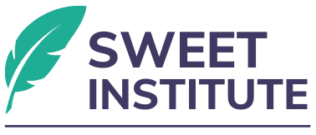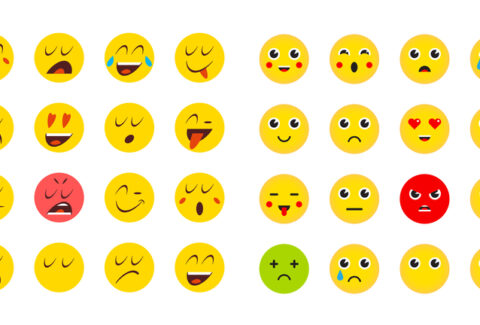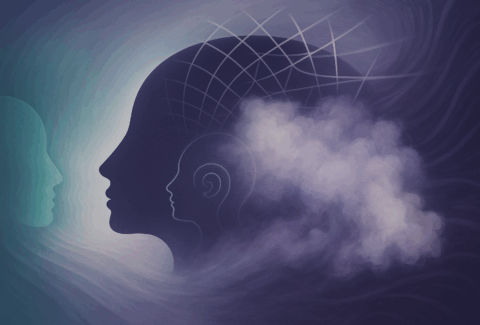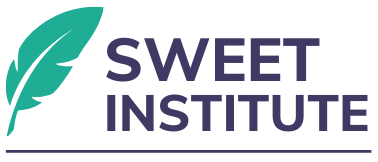How Insights Can Free Us: The Transformative Power of Self-Discovery
Introduction
In the whirlwind of modern life, where distractions abound and stress is a constant companion, the journey toward self-discovery and personal growth is more critical than ever. Insights[1]—those moments of clarity that help us understand ourselves better—serve as powerful catalysts for change. By illuminating our thoughts, behaviors, and emotions, insights can free us from the chains of limiting beliefs and patterns, paving the way for a more fulfilling and authentic life. This article explores how insights can liberate us, leading to transformative personal growth and enhanced well-being.
The Nature of Insights
Insights are profound realizations or understandings that emerge when we take the time to reflect on our experiences, emotions, and beliefs.[2] They often come unexpectedly, like flashes of light piercing through the fog of confusion. These moments of clarity can occur during quiet introspection, engaging conversations, or even challenging situations. However, to fully harness the power of insights, we must be open to exploring our inner world and willing to confront uncomfortable truths.
The Freedom Found in Self-Awareness
- Breaking Free from Limiting Beliefs: Many of us carry limiting beliefs—deeply ingrained assumptions about ourselves and the world that can hinder our growth.[3] Insights can help us identify and challenge these beliefs. For example, a person may believe they are not good enough to pursue their dreams. An insight might reveal that this belief stems from childhood experiences rather than current realities. By recognizing this, individuals can begin to dismantle these barriers, freeing themselves to pursue their aspirations.
- Understanding Emotional Triggers: Insights can also shed light on our emotional triggers—those situations or interactions that provoke strong emotional reactions. By understanding the root causes of these triggers, we can respond to them more mindfully rather than reactively.[4] For instance, realizing that a strong reaction to criticism stems from past experiences of feeling inadequate can empower us to approach feedback with a more constructive mindset. This self-awareness fosters emotional resilience and improves interpersonal relationships.
- Enhancing Decision-Making: When we gain insights into our values, priorities, and motivations, we become better equipped to make informed decisions. Clarity about what truly matters to us allows for choices that align with our authentic selves.[5] For example, a person who realizes that career success is not as important as personal fulfillment may choose to pursue a passion rather than a high-paying job. This alignment with values can lead to greater satisfaction and fulfillment in life.
Insights as a Catalyst for Change
- Transforming Habits and Routines: Insights can motivate us to change habitual patterns that no longer serve us. For instance, recognizing that a tendency to procrastinate stems from fear of failure can encourage proactive strategies for overcoming it, such as setting smaller, achievable goals. This newfound awareness can lead to more productive behaviors, creating a positive feedback loop of motivation and success.
- Fostering Meaningful Connections: When we gain insights about ourselves, we can better understand and empathize with others. This understanding can strengthen relationships, as we become more adept at navigating interpersonal dynamics. For example, recognizing that a friend’s withdrawal might stem from their struggles, rather than a lack of interest, can lead to a more supportive and compassionate response. These meaningful connections enrich our lives and promote emotional well-being.
- Empowering Personal Growth: Insights often serve as catalysts for personal growth, pushing us to step outside our comfort zones. They can inspire us to seek new experiences, learn new skills, or pursue long-held dreams. For instance, someone may realize through reflection that they have a passion for art but have been too afraid to explore it. This insight can inspire them to take art classes or start creating, unlocking their creativity and potential.
Conclusion
The power of insights lies in their ability to free us from the constraints of our limiting beliefs, emotional triggers, and unfulfilling habits. By fostering self-awareness and understanding, insights enable us to embrace change and growth. In a world that often encourages distraction and avoidance, taking the time for introspection and reflection can lead to profound transformation. As we unlock the power of insights, we empower ourselves to live more authentically, cultivate meaningful connections, and ultimately, lead lives filled with purpose and fulfillment.
Call to Action
To harness the transformative power of insights, consider incorporating regular reflection into your routine. Journaling, mindfulness practices, or engaging in meaningful conversations with trusted friends can create opportunities for self-discovery. Embrace the discomfort that comes with exploring your inner world, for it is often in these moments of vulnerability that the most profound insights emerge.
As you embark on this journey of self-exploration, remember: the freedom you seek lies within, waiting to be uncovered through the power of insight.
[1] Richfield, Jerome. “An analysis of the concept of insight.” The Psychoanalytic Quarterly 23.3 (1954): 390-408.
[2] Shanker, Stuart G. “The nature of insight.” Minds and Machines 5 (1995): 561-581.
[3] Meadows, Martin. Confidence: How to overcome your limiting beliefs and achieve your goals. Meadows Publishing, 2015.
[4] Qudrat-Ullah, Hassan. “Building Self-Awareness.” Mastering Decision-Making in Business and Personal Life: An Interdisciplinary Perspective on Making Better Choices. Cham: Springer Nature Switzerland, 2025. 109-146.
[5] Crapse, Trinity B., and Michele A. Basso. “Insights into decision making using choice probability.” Journal of Neurophysiology 114.6 (2015): 3039-3049.







